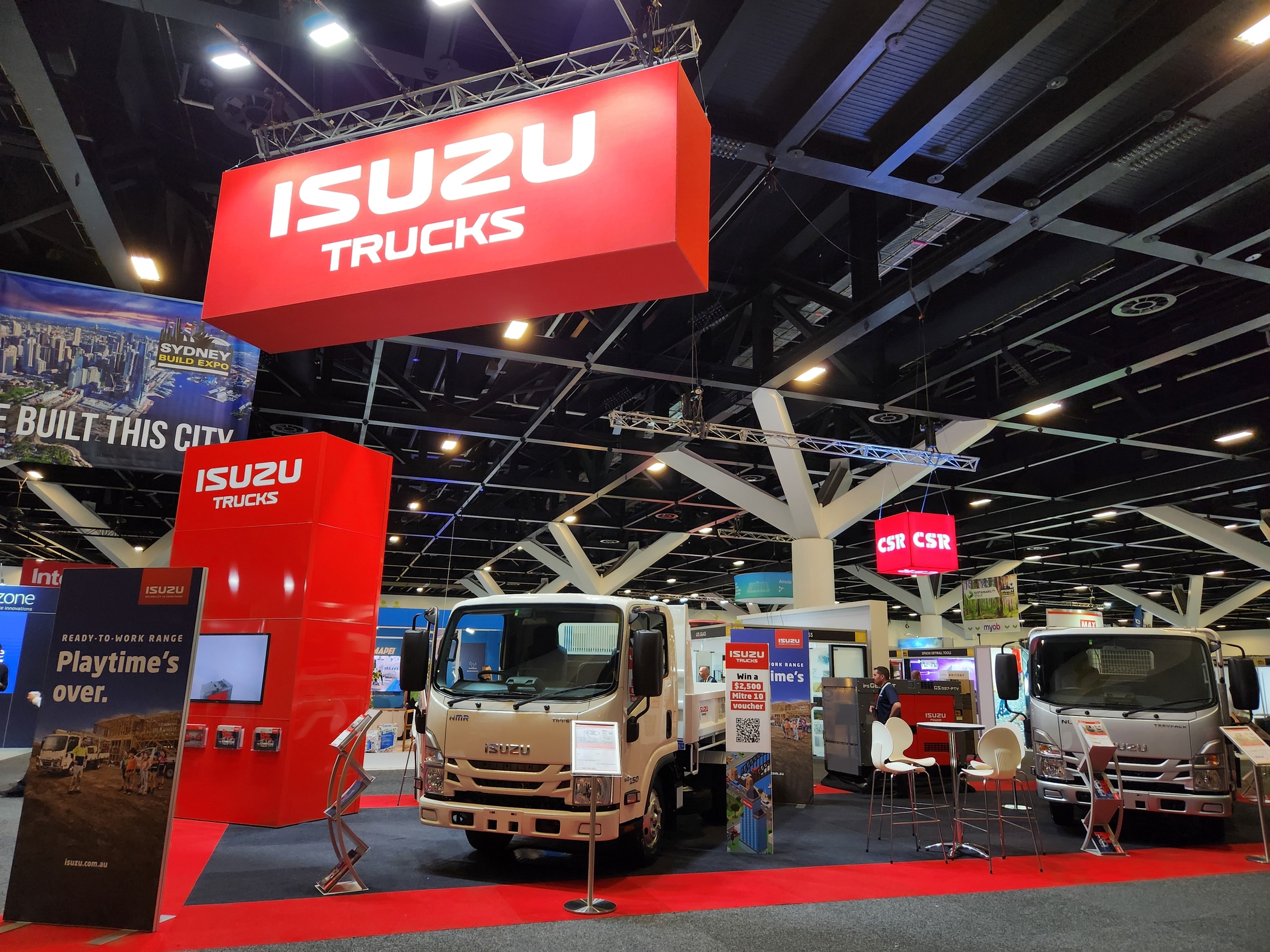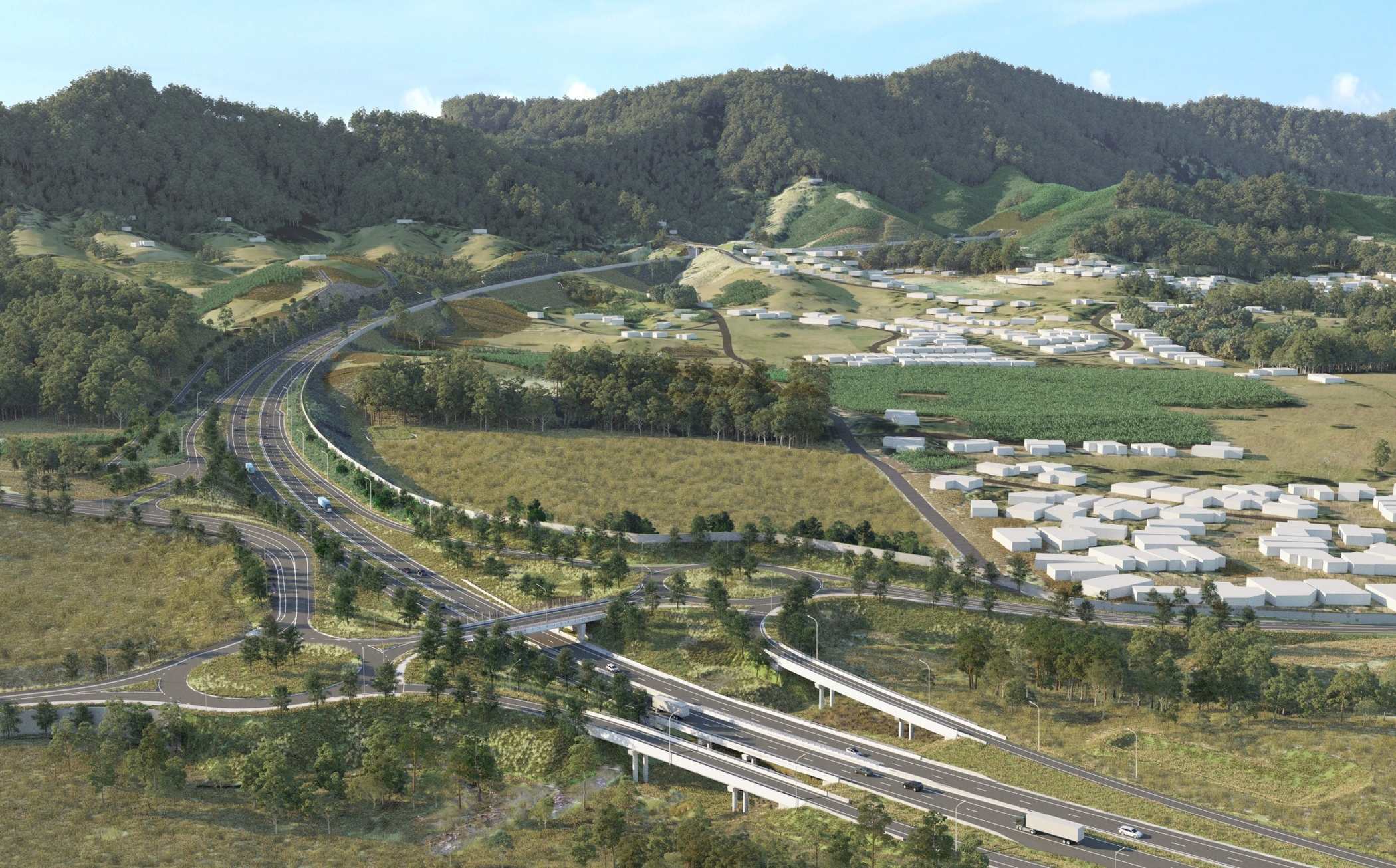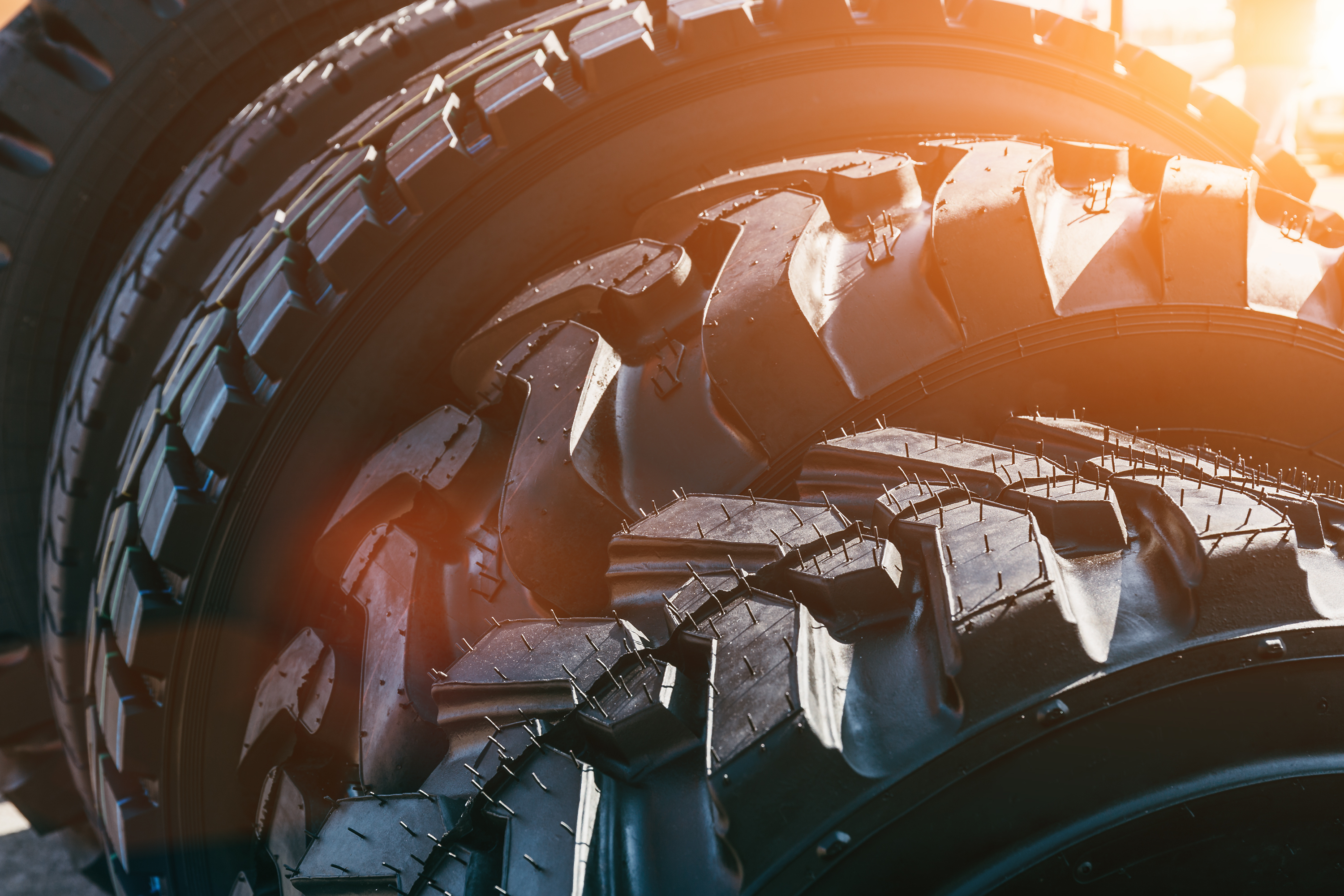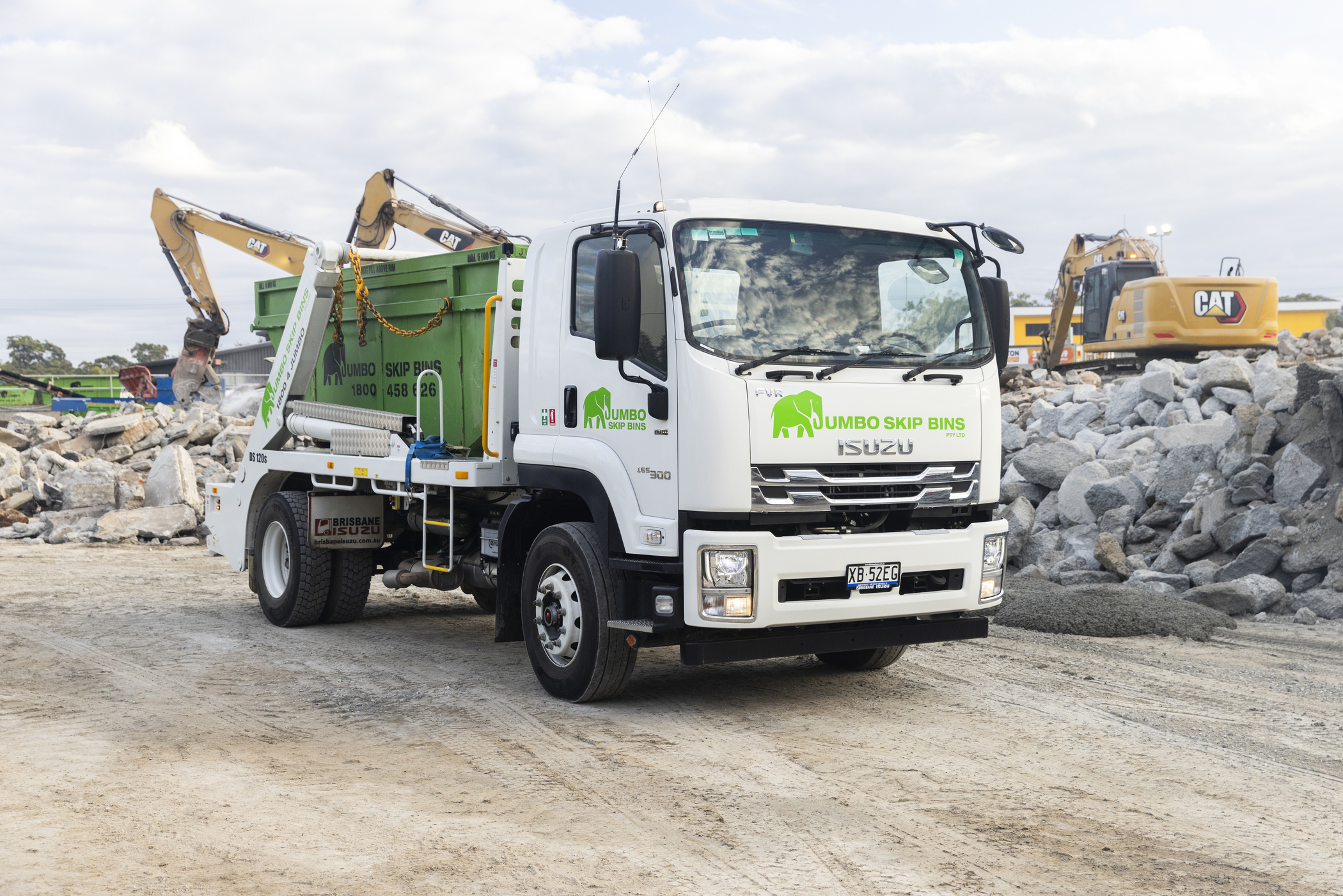ARE YOU OVERLOADING YOUR UTE? HOW LOAD SAFETY AFFECTS ROAD SAFETY
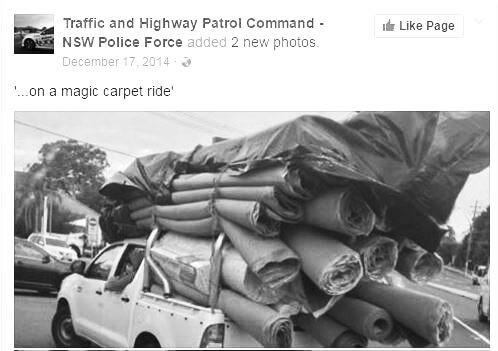
 It doesn’t matter which industry you’re in, these days, the customer is always king. Especially when it comes to timely service trades like plumbing, electrical or maintenance – customers want it all and they want it now. An unintended consequence of this consumer behaviour is a flotilla of service and trade utilities on our roads, literally wilting under the weight of demand. Overloading, especially among utilities, presents a very serious safety risk, not only for those behind the wheel, but for other road users too. We’ve developed a common sense checklist around what to ask yourself when next loading your vehicle, how to evaluate your real payload figure, and some important information on load dimensions.
It doesn’t matter which industry you’re in, these days, the customer is always king. Especially when it comes to timely service trades like plumbing, electrical or maintenance – customers want it all and they want it now. An unintended consequence of this consumer behaviour is a flotilla of service and trade utilities on our roads, literally wilting under the weight of demand. Overloading, especially among utilities, presents a very serious safety risk, not only for those behind the wheel, but for other road users too. We’ve developed a common sense checklist around what to ask yourself when next loading your vehicle, how to evaluate your real payload figure, and some important information on load dimensions.
Ignorance is bliss
Because many ‘overloaders’ are unaware when their vehicle is exceeding the legal payload, illegal overloading has become an all too common occurrence in Australia. So much so that the NSW Police Force Traffic and Highway Patrol Command started their own #Loadfail hashtag on Facebook for people to share their snapshots of outrageous and illegal breaches. But it’s not just the obvious overloaders that risk everyone’s safety – some drivers don’t even know they’re breaking the law, and this confusion is understandable in many cases. Ute drivers are banking on the one tonne payload promised by the manufacturer, without taking into account their tools, added parts, equipment and passengers. These additional weights add up quickly, and can take over your payload without you noticing. In case you’re unsure, WA’s roads department has produced a useful list of examples showing how not to load your vehicle.
When in doubt, leave it out
Apply a common sense checklist when loading your vehicle. Overloading is tempting, and may seem like it will make life easier at the time, but it also has the potential to cause bigger headaches down the track. Ask yourself these simple questions…
- Will the load create a hazard for other road users?
- Will the load create a hazard for you?
- Will the load endanger your passengers?
- Will the load endanger your vehicle?
- Will the load be safe for the entire journey?
Hidden weights and your 'real' payload
Discerning what your ute can really carry requires you to compute its true payload. (If you don’t know your payload from your powertrain, take a read of our truck terms blog post). There are plenty of accessories that add to your payload that you may not even consider at first glance. Keep an eye out when buying a vehicle, as manufacturers might say they provide a one-tonne payload without accounting for the extra gear you have to carry. Other key weight considerations to be managed include (but aren’t limited to):
- Individual axle loads
- Front/rear bias
- Passengers – Australian Design Rules (68 kg per person), versus real-world occupant weights
- Accessories such as bullbars, winches, side steps and towbars
- Modifications including trays, toolboxes, storage boxes, ladder/service racks and canopies
- Installation of accessories including cranes, generators, compressors, dual batteries, invertors, specialist equipment, tools and parts
- Cargo, water tanks, spare fuel and recovery gear
The formula for calculating your payload in kilograms is the GVM minus the following: Kerb mass, occupants' weight, weight of fuel, oil and water, weight of any fitted options (towbar, bullbar, etc) and the weight of the truck body. Payload = GVM – (Kerb Mass + Fluids + Occupants + options + Truck Body)
Dimensions
Load restriction legislation is not just limited to mass and weight – dimension and projection are also key parts of the overloading equation. When carrying a load on a ute or a car, there are overhang limits that must be complied with. Materials and equipment overhanging your vehicle’s rear can distract other drivers, cause them to brake sharply or affect their ability to overtake you on the road. Like mass limits, each state will have its own laws regarding overhanging material from vehicles. Check out the details below... QLD TAS VIC SA WA NSW By taking the above considerations into account when it next comes time to load up your vehicle, you’ll be giving yourself the best possible chance of having not only a safer journey, but a journey that’s far less taxing on your work vehicle too.


Playtime’s over, get $3,500* to spend on extras.
If you’re ready to get serious about tackling bigger jobs, grab yourself an NLR 45-150 AMT SWB Traypack from the Ready-to-Work range for $62,990 drive away*. And to prove we aren’t playing, buy any NLR Traypack before June 30 and you’ll get $3,500* to spend on genuine accessories or an Essentials service agreement.
Learn more
